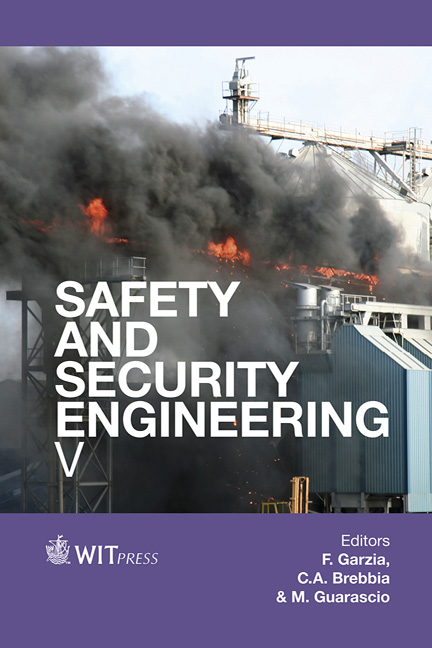Stereoscopic Displays For Air Traffic Control: Conflict Judgement Performance As A Function Of Visualisation, Task Characteristics And Expertise
Price
Free (open access)
Transaction
Volume
134
Pages
13
Page Range
199 - 211
Published
2014
Size
784 kb
Paper DOI
10.2495/SAFE130191
Copyright
WIT Press
Author(s)
A. Baier, A. Zimmer, C. Vernaleken & H. Neujahr
Abstract
Three different stereoscopic 3D visualisations are compared with the 2D display currently used at air traffic control (ATC) controller working positions. Using safety critical air traffic scenarios, air traffic controllers (ATCOs), pilots, and two groups of laypersons, one of which with an appropriate training, are asked to judge safety critical scenarios showing two converging aircraft. To simulate the cognitive demands ATCOs have to face when required to process both visual information of the traffic situation display and auditory information caused by incoming radio messages at the same time, an auditory task is added. Due to the experimental manipulation of visualisation-, task-, and person-related variables, the results allow for an explanation of the inconsistent results that have been reported in studies evaluating the use of 3D for ATC. Analyses reveal that performance differences between 2D and 3D depend on both task characteristics and the level of expertise. While the judgement certainty of 2D and 3D is virtually equal in all cases of conflict, the observed differences between the modes of visualisation appear to be due to the dimension on which the aircraft miss each other in case of separation. When judgement certainty is ignored, no noteworthy differences appear. Thus, the results depend on the individual response criterion, because it represents the level of uncertainty the operator is willing to accept. Keywords: air traffic control, conflict detection, false alarm rate, dual task, expertise, 3D display, stereoscopy, judgement certainty, response criterion.
Keywords
air traffic control, conflict detection, false alarm rate, dual task, expertise, 3D display, stereoscopy, judgement certainty, response criterion





